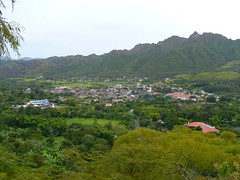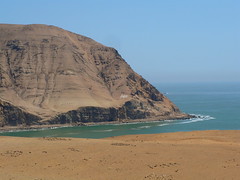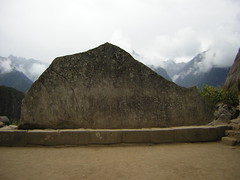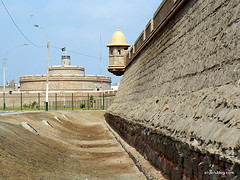At just under 4000 metres (13,000ft), Cullhuay is a tiny town in the Chillón Valley who’s population survives by agriculture and fishing.
Providing passers-through the opportunity to get something warm to drink, oh… a see a mummy discovered in an ancient burial site nearby, Cullhuay is otherwise as quiet (and as friendly) as an Andean town can get.









![A Peruvian chicken love story [Featured]](http://farm4.static.flickr.com/3588/3387667757_61e4999bae_m.jpg)